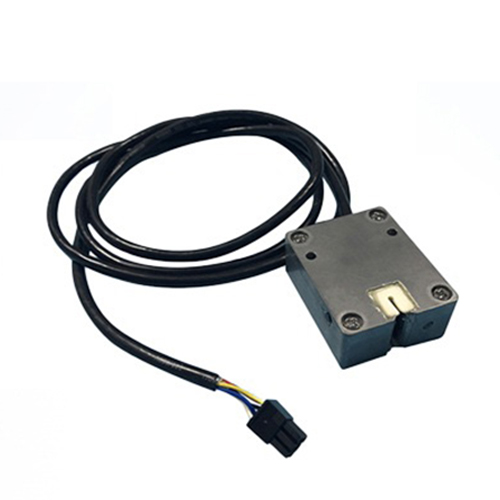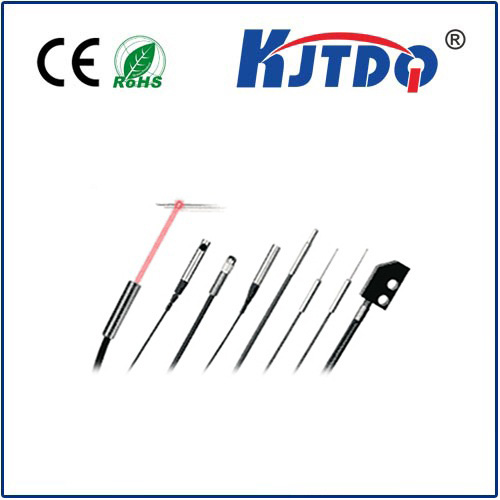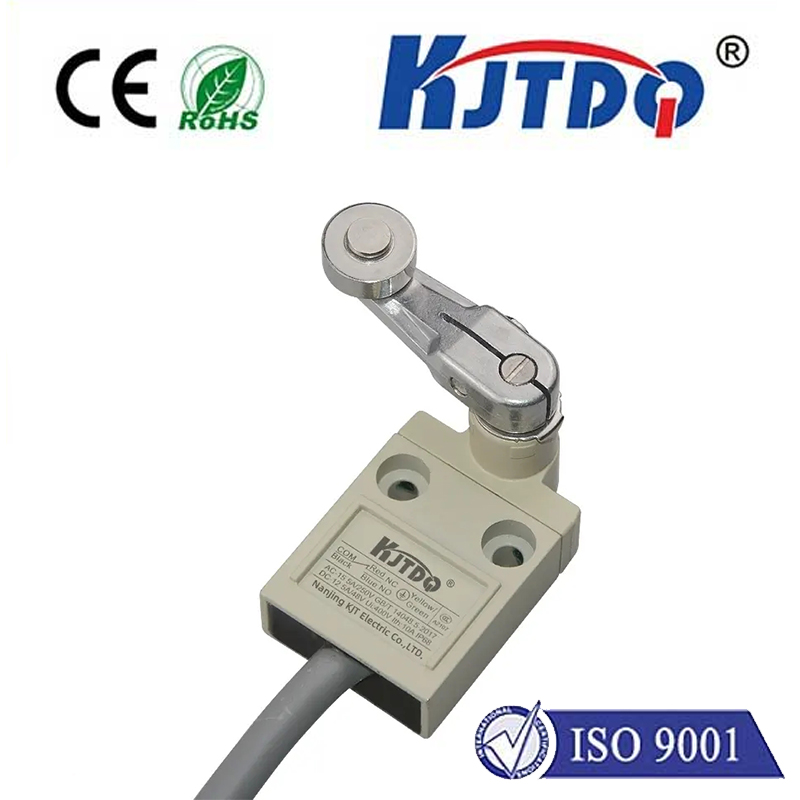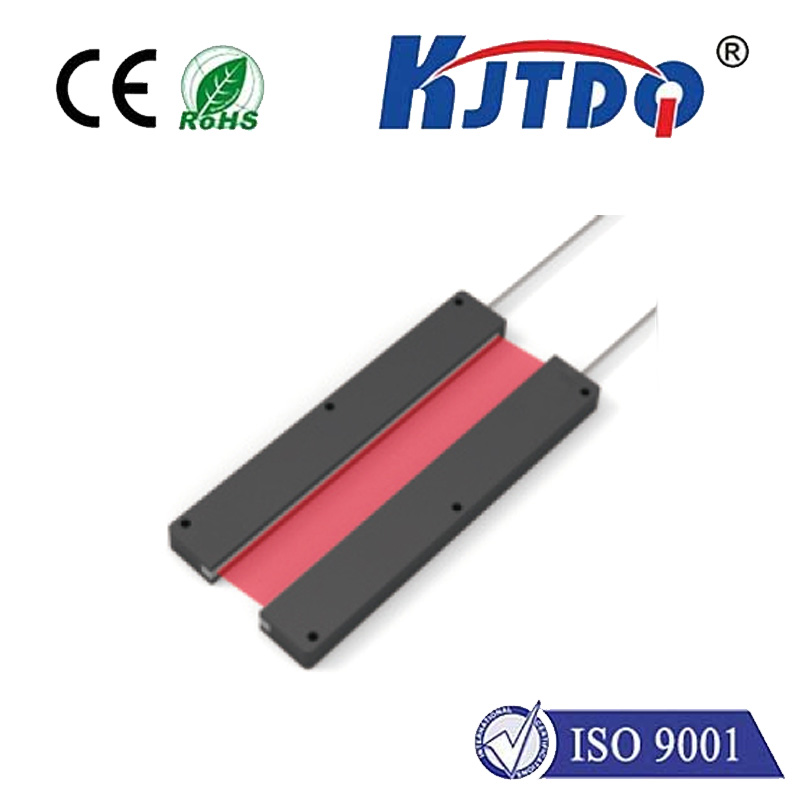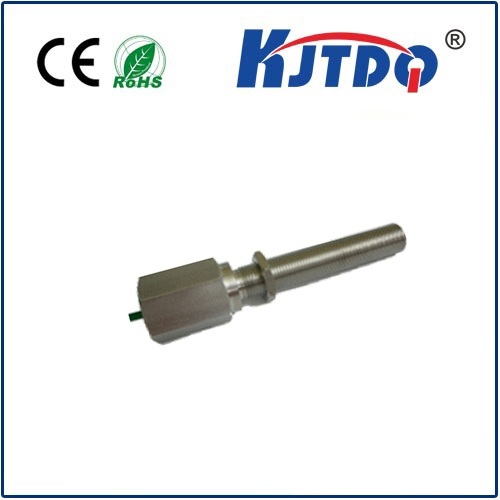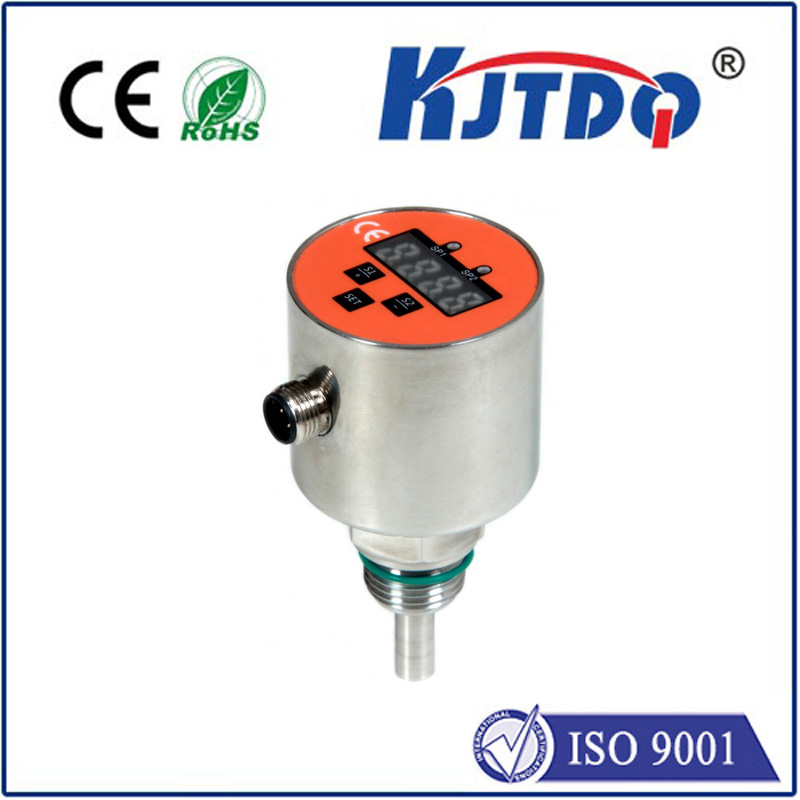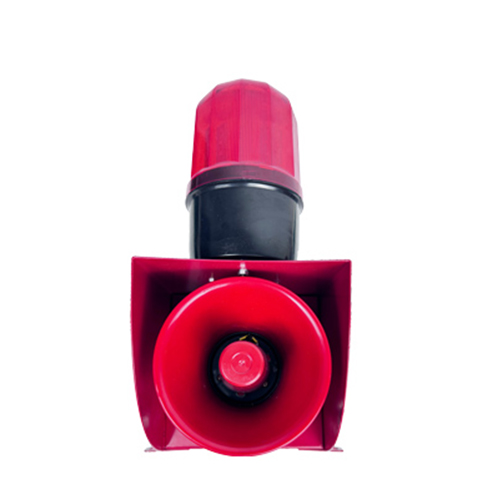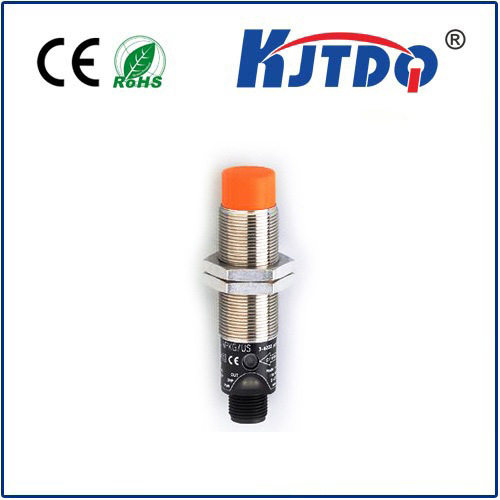Фотоэлектрический ограничитель
- time:2025-08-06 13:03:51
- Нажмите:0
The Photoelectric Limit Switch: Versatile Sensing for Modern Automation
Imagine a high-speed packaging line where cartons zip along a conveyor, each needing precise positioning before sealing. Or picture a critical access door on industrial machinery that must halt dangerous motion instantly if opened. In these scenarios and countless others across industrial automation, a silent guardian often stands watch: the Фотоэлектрический ограничитель. Unlike their mechanical counterparts that rely on physical contact, these sophisticated sensors harness the power of light to detect presence, absence, position, or movement of objects with remarkable speed, accuracy, and reliability, revolutionizing how machines interact with their environment.
Beyond the Mechanical Snap: The Photoelectric Principle
At its core, a Фотоэлектрический ограничитель operates on a fundamental principle: it emits a beam of light (usually infrared, visible red, or laser) and detects changes in that beam. The primary components are:
- Emitter: Generates the light beam.
- Receiver: Detects the light beam.
- Output Circuit: Triggers a switch signal (ON/OFF) based on the state of the light beam received.
The key innovation lies in its non-contact operation. There’s no physical lever or plunger to be pressed. Instead, the switch actuates when the light beam is either interrupted by an object or reflected back towards the receiver, depending on its specific type. This fundamental difference unlocks significant advantages over traditional mechanical limit switches.
Core Strengths: Why Choose Photoelectric Sensing?

The operational method of photoelectric limit switches imparts distinct benefits crucial for demanding industrial environments:
- Non-Contact Detection: The absence of physical contact eliminates wear and tear associated with mechanical actuators. This translates directly to significantly longer operational lifespans and reduced maintenance downtime. Objects need only interrupt the light beam.
- High Speed & Frequency Response: Light travels incredibly fast! These sensors can detect objects moving at high velocities and respond with microsecond switching times, making them ideal for high-speed production lines and applications requiring rapid detection cycles.
- Long Sensing Ranges: Unlike mechanical switches needing close proximity, Фотоэлектрический датчик offer impressive detection ranges. Models exist for distances ranging from a few millimeters to several tens of meters, providing immense flexibility in application design.
- Detection of Diverse Materials: They excel at detecting virtually any object that interrupts the light beam – metal, plastic, wood, glass, liquid levels, even transparent or translucent materials (with specialized types). This versatility is a major advantage.
- Environmental Resilience: Designed for industrial settings, modern photoelectric switches boast robust housings (often IP67/IP69K rated or equivalent), shielding them effectively from dust, moisture, splashing water, oils, and mild chemicals that would compromise mechanical components.
- Detecting Small Objects: Their precision allows for the detection of very small objects or minute positional differences that would be impossible for a bulky mechanical actuator to sense reliably.
Key Configurations: Tailoring the Beam
Different application challenges require different optical setups. The main Фотоэлектрический переключатель types are:
- Through-Beam (Opposed Mode): Features separate emitter and receiver units facing each other. Highest reliability and longest range are achieved because the receiver directly detects the strong emitter signal. The switch triggers when an object blocks the beam. Ideal for precise detection over longer distances or in challenging environments.
- Retroreflective: Emitter and receiver are housed together in a single unit. A specialized reflector (corner-cube retroreflector) opposite the sensor bounces the emitted beam back to the receiver. The switch triggers when an object blocks the beam’s path to the reflector. Simplifies wiring and mounting compared to through-beam while maintaining good range and reliability.
- Diffuse (Proximity Mode): The emitter and receiver are also in one unit. The switch detects light diffusely reflected off the surface of the target object itself. Simplest installation as it only requires mounting the sensor unit. Range is typically shorter, and detection can be influenced by the object’s color, reflectivity, and surface texture.
Industrial Automation: Where Photoelectric Limit Swields Shine
The unique capabilities of photoelectric limit switches make them indispensable across countless sectors:
- Manufacturing & Packaging: Verifying parts presence/absence on conveyors, counting objects, triggering filling or capping machines at precise positions, detecting labels, ensuring correct flap orientation on boxes, monitoring stack heights. Their high speed is critical here.
- Перевозка материалов: Controlling palletizers/depalletizers, detecting cartons/boxes entering or exiting conveyor lanes, verifying bin/container positioning, preventing collisions by sensing the end of travel on automated guided vehicles (AGVs) or cranes.
- Robotics: Providing precise end-of-arm position feedback for grippers, detecting workpiece presence in pick-and-place operations, ensuring robot safety zones are clear.
- Safety & Access Control: Acting as light curtains or safety beams to halt machinery immediately if a person breaches a hazardous zone, monitoring guard door position (open/closed) to prevent unsafe operation.
- Printing & Processing: Precise edge detection and registration mark sensing in web processes (paper, film, textiles), controlling unwind/rewind stations.
- Food & Beverage: Detecting liquid levels in transparent containers (using special polarized or background suppression diffuse sensors), verifying cap presence and closure integrity, counting bottles or cans.
- Automotive Assembly: Ensuring components are correctly loaded into fixtures before welding, detecting parts on moving assembly lines, verifying door/hood closure on final inspection lines.
Selecting the Right Tool: Key Considerations
Choosing the optimal Фотоэлектрический ограничитель involves evaluating several factors:
- Detection Task: Presence, absence, position, counting, level monitoring?
- Object Properties: Material (metal, plastic, wood, transparent?), size, color, surface texture?
- Required Sensing Distance: How far away is the target?
- Operating Environment: Dust, moisture, temperature extremes, washdown requirements?
- Required Switching Speed/Response Time: How fast does the detection need to be?
- Output Type: Simple Normally Open (NO)/Normally Closed (NC) relay or transistor load switch, or more complex IO-Link/analog outputs for data?
- Mounting Constraints: Space limitations around the detection point?
Retroreflective and diffuse sensors offer simpler installation (one unit), while through-beam provides the ultimate reliability and range. For transparent objects or detecting objects against complex backgrounds, specialized diffuse sensors with background suppression are often essential.
From ensuring the smooth, synchronized dance of high-speed packaging machinery to acting as the vigilant electronic eyes guarding human operators, photoelectric limit switches are foundational components of modern automation. Their ability to provide precise, reliable, non-contact detection across vast distances and diverse materials makes them an indispensable alternative to mechanical switches where durability, speed, and versatility demand a superior solution. As automation evolves towards greater intelligence and flexibility, the fundamental role of these robust optical sensors in providing critical position and presence feedback remains secure.







